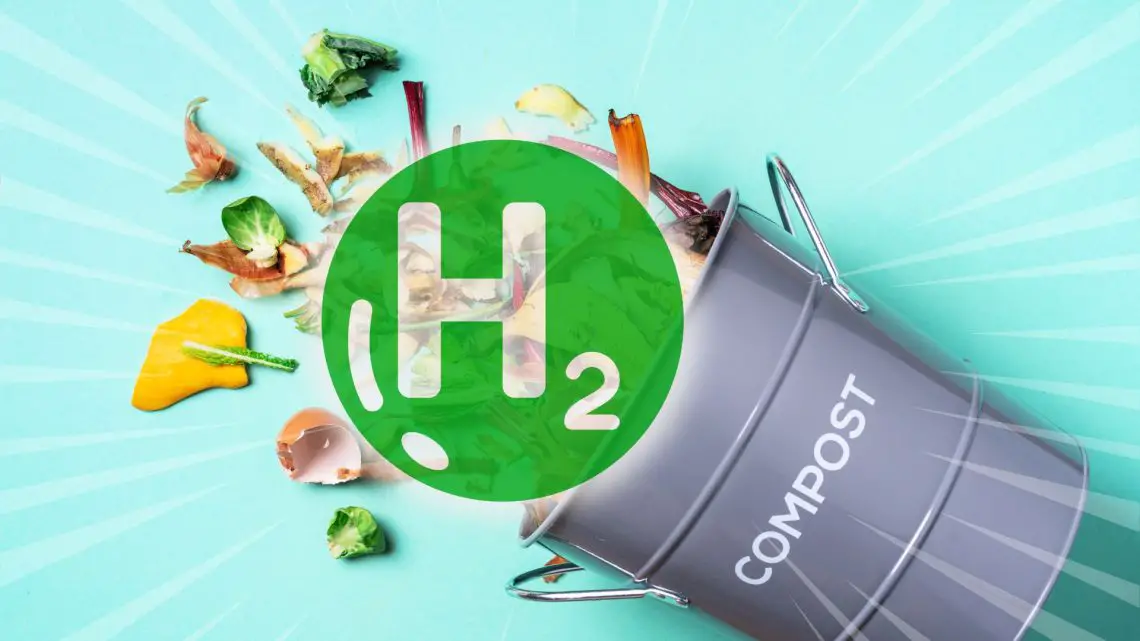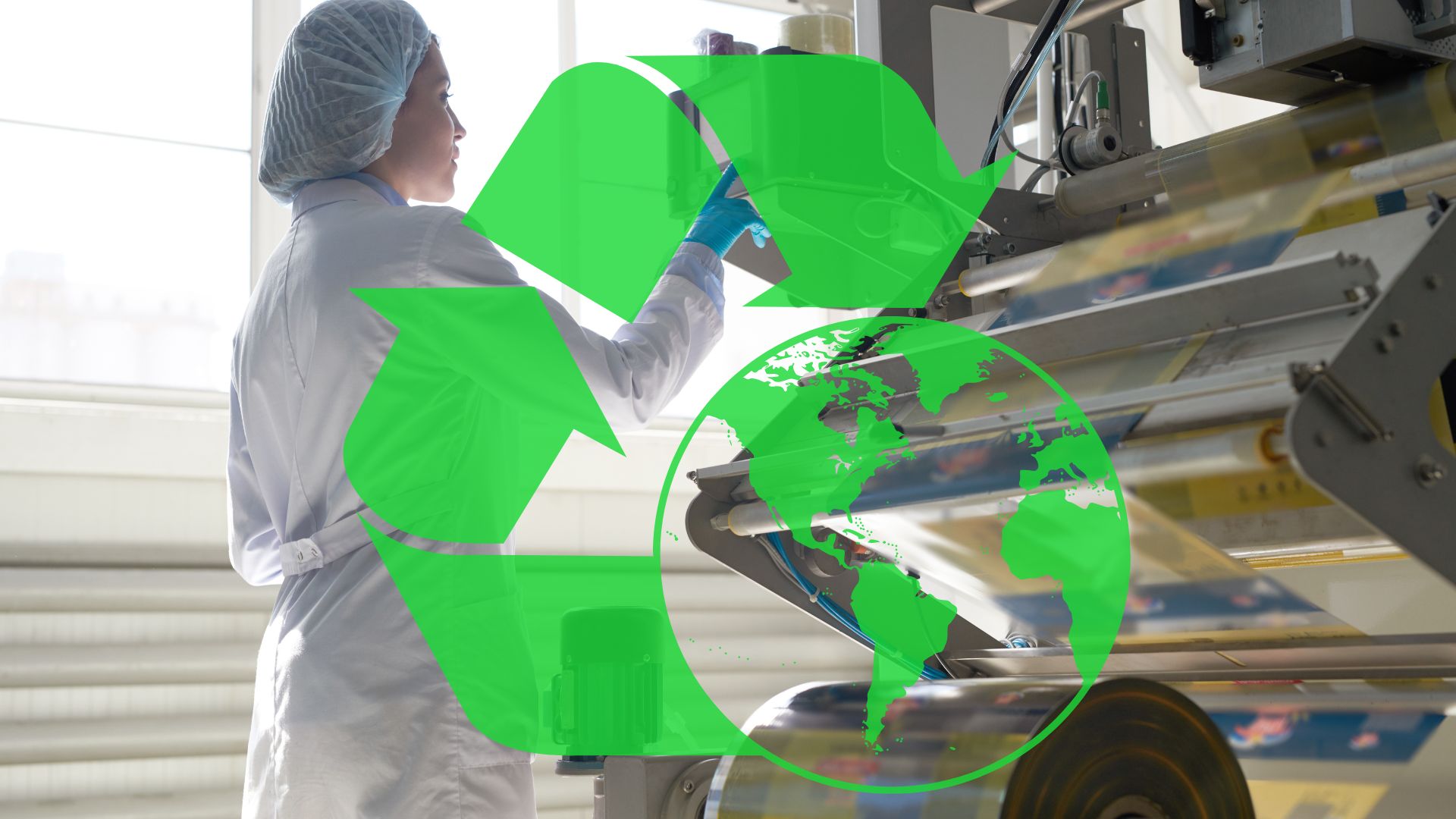
Turning Waste into Power: Hydrogen Fuel from Compost and Its Role in Sustainable Packaging
November 8, 2024In the search for sustainable energy and waste solutions, compost-based hydrogen fuel and sustainable packaging are quickly emerging as game changers. This article explores how we can harness compost materials for hydrogen production and its promising role in sustainable packaging practices, particularly in industries shifting toward green alternatives.
The Role of Compost in Hydrogen Fuel Production
Hydrogen fuel is often lauded as a clean energy source because it emits only water when burned. However, the traditional methods of producing hydrogen can be carbon-intensive, often relying on natural gas and fossil fuels. Compost-based hydrogen production, known as biohydrogen production, is an innovative approach that uses organic waste to generate hydrogen. Not only does this divert waste from landfills, but it also provides a renewable energy source, reducing our dependence on fossil fuels.
According to a report by the International Renewable Energy Agency (IRENA), biohydrogen from organic materials could potentially supply up to 10% of the world’s hydrogen needs by 2050. This approach has several key benefits:
- Reduces Waste: Organic materials like compost are abundant and typically end up in landfills where they decompose and release methane, a greenhouse gas that is 25 times more potent than carbon dioxide over a 100-year period.
- Sustainable Hydrogen Source: Biohydrogen production can offset emissions from conventional hydrogen production, estimated at 70 million tons of hydrogen generated each year, much of which currently relies on fossil fuels.
- Cost-Effective: Organic waste is generally low-cost and readily available, making it a viable alternative for hydrogen production.
The Process of Biohydrogen Production
The biohydrogen process involves anaerobic digestion of compost materials, where microbes break down organic waste in an oxygen-free environment to produce gases like methane and carbon dioxide. This process mimics natural decomposition but occurs in a controlled setting.
From here, the biogas (a combination of methane and carbon dioxide) can be converted into hydrogen through steam methane reforming (SMR), a process that reacts methane with steam to produce hydrogen and carbon monoxide. Although SMR itself can be energy-intensive, using organic waste as the feedstock for SMR significantly reduces the carbon footprint associated with traditional hydrogen production.
The Connection Between Hydrogen Fuel and Sustainable Packaging
Hydrogen fuel generated from organic waste has the potential to revolutionise the packaging industry. Companies are under increasing pressure to adopt eco-friendly practices, and hydrogen energy offers a clean, renewable power source for sustainable manufacturing processes. Additionally, using compostable packaging materials is becoming a trend in various industries, including food and wellness products.
Companies in the food industry are leveraging compostable materials to address packaging waste. By using materials that can either decompose naturally or be converted into hydrogen fuel, these companies support a circular economy and reduce their environmental impact.
In fact, according to the 2021 Global Sustainable Packaging Market report, the sustainable packaging market is expected to grow at a rate of 5.6% annually, reaching a value of $413.8 billion by 2027. This growth reflects an increased demand for biodegradable materials and eco-friendly solutions across all sectors, including the edibles industry.
How Hydrogen Fuel from Waste Complements Sustainable Packaging
- Eco-Friendly Manufacturing: Hydrogen fuel can be used to power production facilities that create compostable packaging. Unlike conventional fossil fuels, hydrogen is a clean energy source that emits only water as a byproduct.
- Closing the Waste Loop: Compostable packaging can theoretically enter a circular lifecycle. Once used, packaging made from compostable materials can be decomposed and used to produce hydrogen fuel. This circular approach minimises waste, reduces dependency on raw materials, and can cut overall carbon emissions by up to 30%.
- Green Packaging Solutions: An innovative approach in the coffee industry often uses materials like compostable films, recycled paper, and biodegradable plastics that reduce waste and lessen environmental impact. These materials are designed to break down naturally after disposal, leaving minimal ecological footprint. By implementing sustainable coffee packaging, companies not only protect product quality but also promote a greener, cleaner planet, resonating with consumers who prioritise eco-conscious choices.
Statistics Supporting Compost-Based Hydrogen and Sustainable Packaging
Several key statistics highlight the potential environmental benefits of compost-based hydrogen and sustainable packaging:
- Biomass for Energy: According to the U.S. Department of Energy, biomass energy currently provides about 5% of the total energy consumed in the U.S. Using organic waste for hydrogen production can contribute to this figure and promote cleaner energy.
- Methane Emissions from Waste: The Environmental Protection Agency (EPA) states that landfills account for 15% of U.S. methane emissions, making waste a prime source of greenhouse gases. Diverting compostable waste for hydrogen production can significantly reduce methane emissions.
- Packaging Waste: A report by the United Nations Environment Programme (UNEP) found that plastic waste has increased by 40% in the last decade. Shifting to compostable materials, which can also serve as feedstock for hydrogen production, offers a sustainable alternative to conventional plastic packaging.
Real-World Applications and Case Studies
Some companies have already started integrating compostable materials into their packaging processes and exploring the use of hydrogen fuel. For example:
- Nestlé and Sustainable Packaging: Nestlé has set a goal of using 100% recyclable or reusable packaging by 2025. Some of their packaging innovations include compostable wrappers that, once disposed of, can be used as a biofuel feedstock.
- Food Packaging Industry: Many companies in the edibles industry are embracing sustainable materials for packaging. Sustainable food packaging utilizes materials that are not only biodegradable but could potentially be repurposed for hydrogen production, offering a unique advantage in terms of eco-conscious branding and environmental impact.
- Japan’s Hydrogen-Based Initiatives: Japan has been a global leader in hydrogen adoption, with hydrogen-powered buses, fuel cells, and even hydrogen-based supply chains. In recent years, Japan has focused on biohydrogen as a potential future energy source, investing in projects that convert organic waste into hydrogen fuel.
Future Outlook and Opportunities
The future of compost-based hydrogen fuel and sustainable packaging looks promising. As more companies and governments commit to achieving net-zero emissions, the demand for green energy and sustainable packaging will continue to rise. Here are some potential developments:
- Infrastructure for Biohydrogen Production: Increased investment in biohydrogen infrastructure could make it easier to convert compostable waste into hydrogen fuel, enhancing the sustainability of various industries, including packaging.
- Policy Support and Subsidies: Governments worldwide are increasingly supporting green energy projects. Subsidies and incentives for biohydrogen production could encourage more companies to adopt compost-based energy solutions, further linking waste and packaging sustainability.
- Circular Economy Expansion: As industries continue to embrace circular economy principles, using compostable packaging materials that can be broken down and converted into energy or returned to the environment will likely become a common practice.

Conclusion
Hydrogen fuel from compost materials is an innovative solution that not only addresses waste and greenhouse gas emissions but also powers sustainable packaging efforts. By creating an ecosystem where packaging can be decomposed and reused as a clean energy source, companies can reduce their environmental footprint and promote a circular economy.
Through compost-based hydrogen production, companies focused on sustainability, like those using green packaging, are setting the stage for a greener future. By harnessing the power of waste, we can take meaningful steps toward achieving net-zero emissions and promoting eco-friendly practices across all industries. This journey from waste to energy to packaging offers a sustainable path forward, highlighting the critical role of compost-based hydrogen fuel in the fight against climate change.



 With over 15 years of reporting hydrogen news, we are your premier source for the latest updates and insights in hydrogen and renewable energy.
With over 15 years of reporting hydrogen news, we are your premier source for the latest updates and insights in hydrogen and renewable energy.